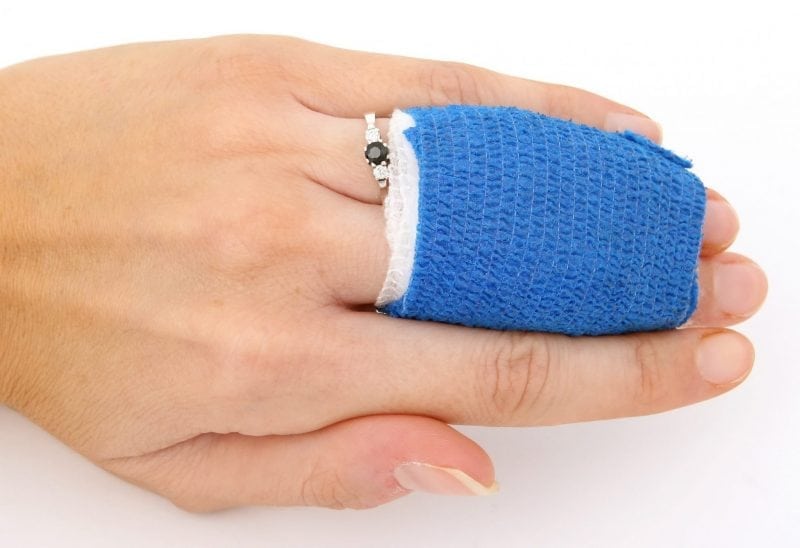
Cutaneous wounds are one of the most common soft tissue injuries and usually are particularly hard to heal in aging. Recently, a team from Research and Development Center for Tissue Engineering at the Fourth Military Medical University of China identified the topical application of Metformin as the promising pharmacological approach to treat wound defects of both young and aged skin. They hope that this discovery will lead to one feasible cure of nonhealing wounds, particularly in patients with the advancing age.
The skin is the biggest organ of the human being while cutaneous wounds frequently occur and require long healing cycle, during which structural and functional damages or infection may happen. In particular, aging is accompanied with an increased risk of chronic nonhealing wounds, resulting in severe clinical burdens but without effective therapeutics. Currently, the only intervention shown conclusively to counteract aging is caloric restriction, the effects of which can be pharmacologically mimicked by reagents including Metformin, Resveratrol, and Rapamycin.
However, despite their potential to retard aging, impacts and functional differences of these caloric restriction mimetics on wound healing remain to be established. Considering that local application of reagents on the skin is convenient and may exclude potential systemic side effects, elucidating topical effects of the anti-aging pharmacology on wound healing are of significance to developing clinically relevant strategies.
Prof. Yan Jin, Chairman of Chinese Association of Tissue Engineering and Regenerative Medicine and Director of Research and Development Center for Tissue Engineering at the Fourth Military Medical University of China, leads an accomplished group that focuses on regenerative therapies. Prof. Jin’s team has recently investigated and compared potential influences of the anti-aging pharmacology on cutaneous wound healing.
They discovered that chronic topical administration of Metformin at even a low dose exerted the most profound effects to accelerate wound healing with improved epidermis, hair follicles, collagen deposition and vascularization in young rodents. Importantly, from their preclinical data, Metformin show particular promise in aging: When other caloric restriction mimetics failed to rescue wound defects in aged skin, Metformin still works to restore cutaneous integrity. “The powerful effects of Metformin are attributed to strong angiogenic and rejuvenating potential through stimulating AMPK pathway, the key mediator of wound healing that declines with age,” Prof. Jin explains.
Prof. Jin and the co-corresponding author, Dr. Cheng-Hu Hu, a young principal investigator in the lab, hold that the future looks bright for clinical application of Metformin, for it is already the world’s most widely prescribed drug as an oral anti-hyperglycemic reagent for type 2 diabetes and in the treatment of metabolic syndrome. Furthermore, “the real and potent benefits of emerging Metformin therapy go beyond its prescribed usage, including reduced risk of cancer in human and delayed aging in animals, as further proved by our data to improve wound healing of multiple mammal species and in aging,” says Dr. Hu. In conjunction with their research endeavor for regenerative pharmacological strategies, Prof. Jin and Dr. Hu are also looking into developing small molecular compound-based approaches to exert more extensive therapeutic effects, particularly on the endogenous stem cells. “Stem cell functional decline has emerged among the central hallmarks and key pathogenesis of disordered tissue homeostasis, the potential rejuvenation of which by pharmacology are worth evaluating in future studies,” they stated.
This report is a compilation of work by the research team pioneered by Prof. Jin and Dr. Hu. The recently published study on this topic, “Anti-aging pharmacology in cutaneous wound healing: effects of metformin, resveratrol, and rapamycin by local application” was published the journal Aging Cell.









